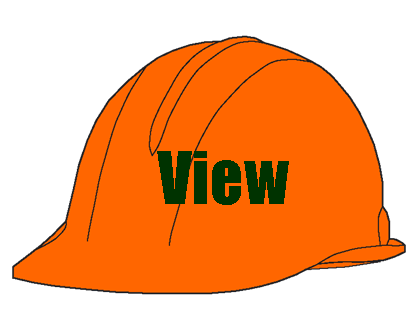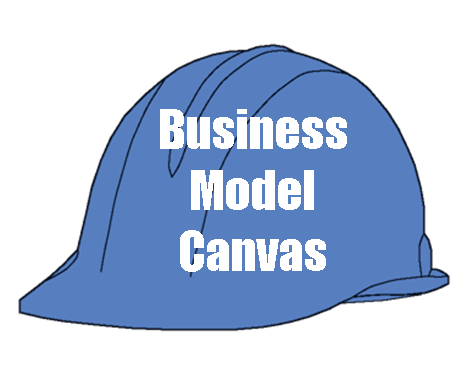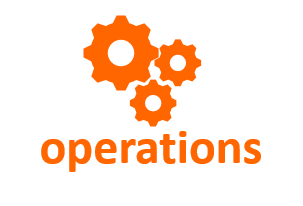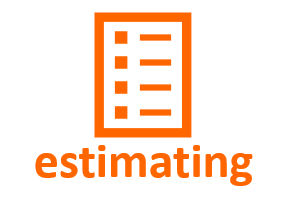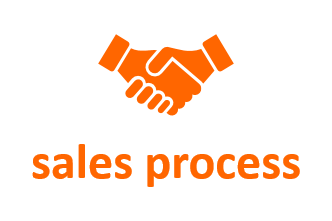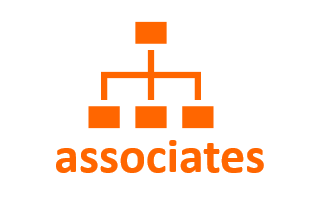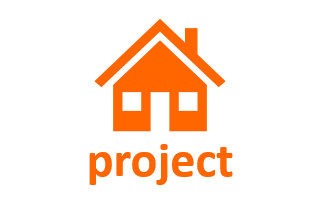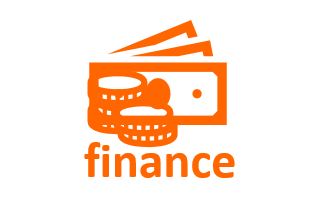Business Model Canvas
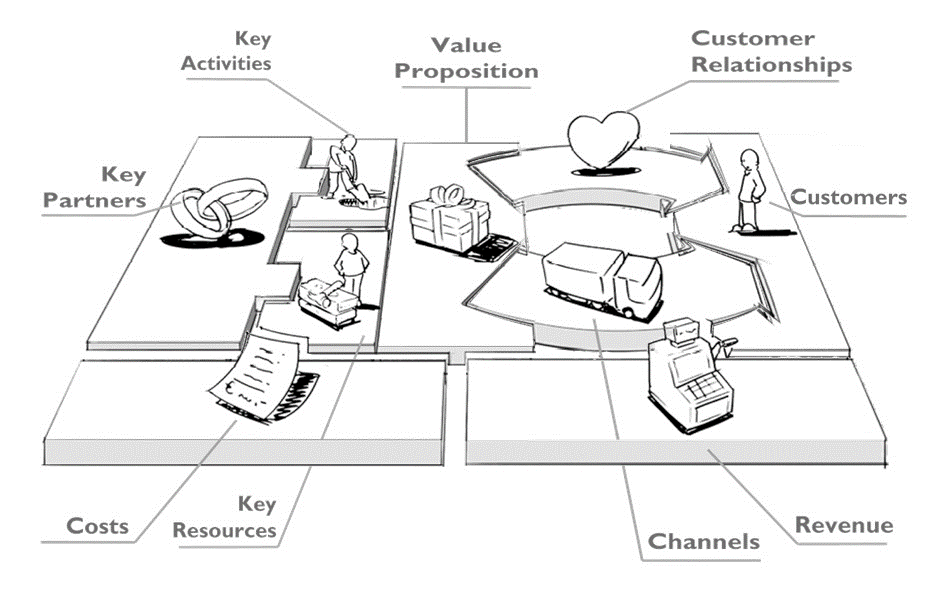
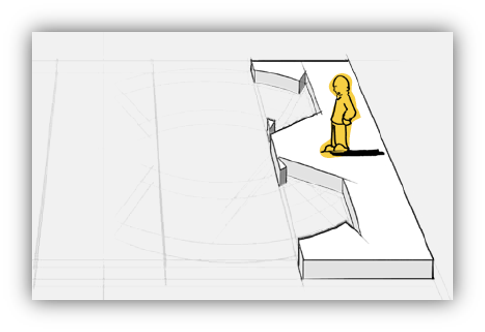
Who Our Client Is
Think about the perfect client. What is the family income? How large is the family? How old are they? What kind of car do they drive? What is his profession? What is her profession? Do they have children at home? Are there health or aging issues? Are they cost-conscious? Are they value-conscious? Do they want to live in a community or in more isolation? What is their educational experience?
There is no right or wrong answer. There are only the facts of your market. Everyone requires shelter of some kind, and different types or levels of shelter appeal to different demographics.
You can create a profitable business building for many types of markets. It is very difficult to build successfully for all markets. The most successful builders select a market niche and then design the message of their company around that niche. They learn what that niche wants, what the niche expects, what it can afford, what it is willing to pay for, what it will not pay for, and on and on.
The Prime Target
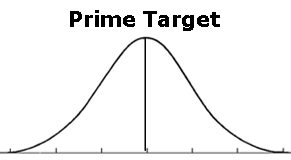
The successful construction company is customer-centric. It revolves around a well-defined niche of customers, with the possibility of a flanker niche on either side. Picture a bell curve of your potential market with your peak market demographic defined by the top of the bell.
This center line represents the perfect customer for your business. Dependent upon how you have defined the value proposition for the business, this customer is your primary target.
However, there is often a problem associated with defining your exact customer, and that problem is that the prime target customer may not be available in sufficiently large numbers to support your sales requirements. She may not be in the market for a new house right now, or she may not know about your company, or she may accidentally buy from some other builder, or just be unavailable to your marketing message.
The Central Model
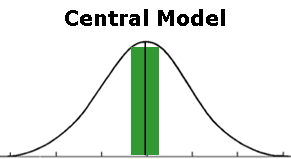
So , you will want to expand the main target market to either side of your prime target. These will be potential customers who resonate with 80% of your marketing message, and consider your company to be the best choice for their needs and wants.
This is also the reason that, when you develop your Unique Value Proposition (UVP) in the next section, you leave the meaning a little fuzzy. You will want the potential client to be able to read into the UVP some of her own translation. For example, you won't say "We build the best house between $200,00 and $250,000". You will say something like "Value for Living, Value for Life".
So the bell curve of your market is expanded as shown here.
The Central Model presents a market that:
- Is sufficiently large to provide the revenue stream your company needs;
- Is sufficiently small that it can be identified and addressed efficiently;
- Has many of the same beliefs and values;
- Has many demographic characteristics in common;
- Has many psychographic characteristics in common;
- Represents a group that your company and you can and do understand.
The Flanker Market
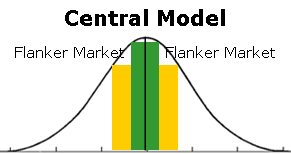
Once you have determined the central model client for your business, you will design the marketing and other customer interface opportunities to best appeal to that model client.
Inevitably, you will draw interest from prospects not in the Central Model. These prospects will respond to certain of your marketing messages, but will differ in important ways from your Central Model. They will respond to your value message, but perhaps not to your design message. Or they may respond to your design message, but do not fit the demographic model.
These prospects comprise your "Flanker Markets".
Flanker markets do not precisely fit your Central Model. However, such markets represent sales opportunities that you cannot ignore. Additionally, the flanker markets provide important information to you regarding where your market is heading, and clues as to how to tweak your offerings to align more closely with potential clients.
The Rest of the Market
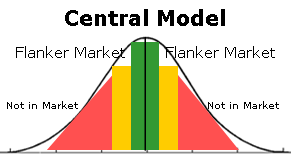
Finally, there is everyone else in the market. Your marketing message is not aimed at these individuals, and you can't really expect much from them.
They do, however, play an important role. These individuals provide income to all of your competitors and keep them out of your niche.
The truth about the rest of the market is that you are hoping they do not respond to your marketing messages. If you are drawing response for the rest of the market, you have not properly designed your marketing message.
Summary
Your desired relationship to the entire home-buying market is a position where--
- Your Prime Model will only buy from your company;
- Your Central Model considers your product to be the most desirable in the market;
- Your Flanker Markets consider your offerings to be very interesting;
- The Rest of the Market knows about your business, but has needs your product doesn't address.
Once you have defined a market where the above is realized, you can move on to developing a message, a product, and the company to support the effort to answer the needs of those clients.
Access and Use the Business Model Canvas
